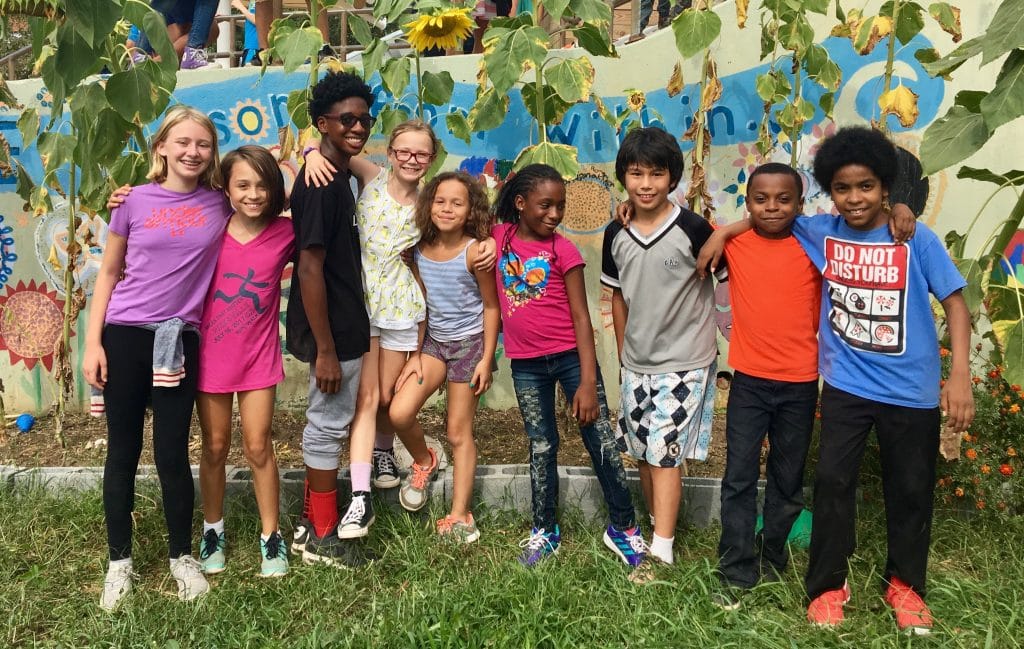For the past decade, education policy has focused on closing educational access and achievement gaps that exist between low-income, predominantly minority communities, and more affluent communities. This is critical work that needs to continue.
But there is another gap in urgent need of attention (one need only look at the news for proof, such as the example of the recent white nationalist rallies in Charlottesville, Virginia). It’s called the empathy gap. The empathy gap is the lack of understanding that exists between different races, religions, ideologies, cultures, and experiences, and it is a root cause of the unnecessary division and, as we’ve seen, potentially violent conflict plaguing communities across the U.S. and the world. We need to close both gaps if our country is to ever reach its full potential.
Schools today are more racially segregated now than they were in the 1970s, despite research that shows students benefit not only academically, but also cognitively and socially, from racially and socioeconomically integrated schools. Intentional diversity in schools is not only a matter of social justice, but also crucial for providing a 21st century education that teaches critical thinking, creativity, and problem-solving skills and—the ultimate measure of success—cultivates productive, healthy citizens who contribute to society.
We need diverse schools.
Charter schools have seen remarkable success in promoting intentional diversity policies and are among those serving as models of integration. While there have been positive shifts in traditional public schools, charter schools have benefited from having more flexibility to implement policies that bypass some of the largest known challenges to school integration. One example is in the area of enrollment. Charter schools are often not restricted by neighborhood enrollment barriers; as a result, they can actively recruit underserved populations through the use of weighted lotteries and can implement other incentives, such as programmatic flexibility, to create environments that appeal to diverse families.
According to the report from American Progress, nearly two-thirds of Americans consider the issue of school segregation to be either somewhat or very important to them, and 70% agree that more should be done to integrate low- and high-poverty schools. Even so, geographic barriers continue to foster segregation, both economic and racial.
The Diverse Charter Schools Coalition represents a growing number of economically, racially, and culturally diverse charter schools across the country that bring this vision to life. Read more about our vision and beliefs. Now more than ever is a crucial time for fostering diverse learning environments that contribute to stronger academic outcomes for all students, as well as increased empathy and understanding across lines of difference.

